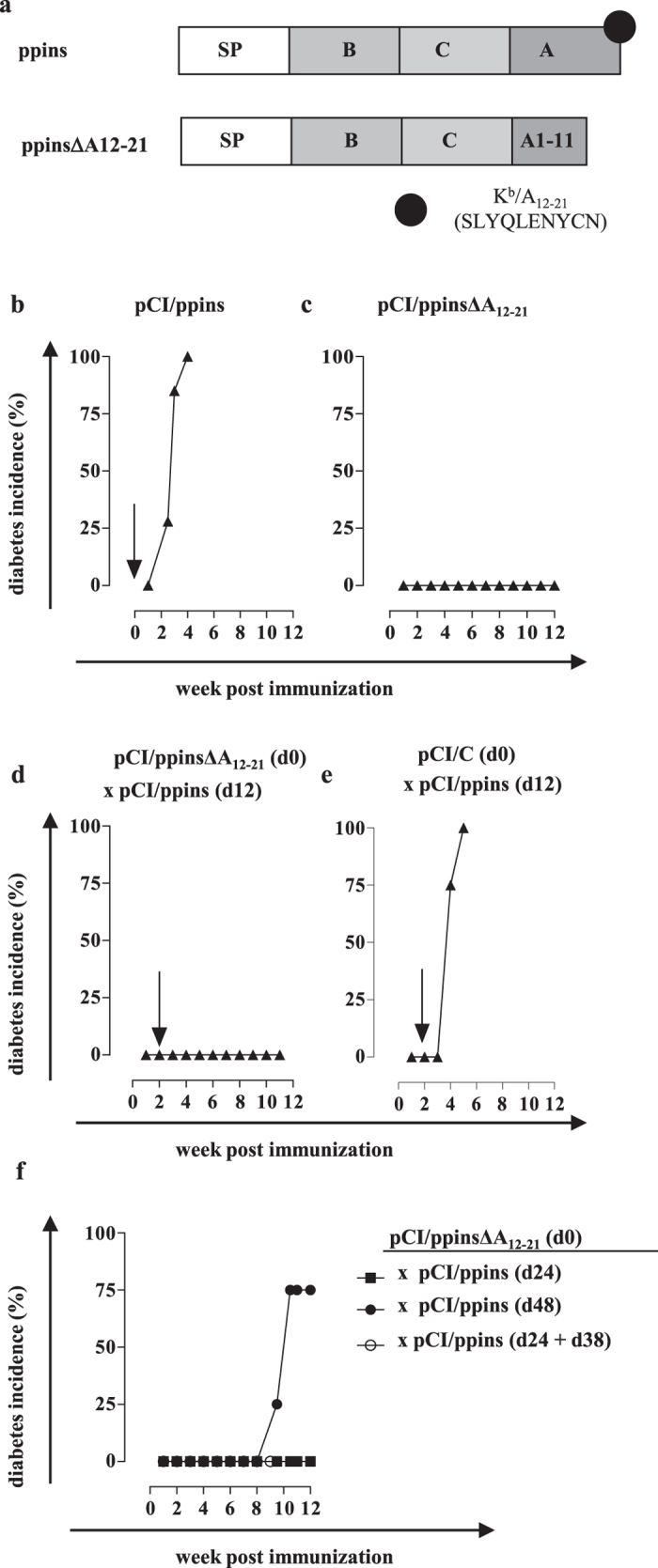Figure 1. Vaccination of PD-L1−/− mice with pCI/ppins∆A12-21 prevents diabetes induction by a subsequent injection of pCI/ppins.

(a) Map of ppins and pCI/ppinsΔA12-21 (lacking the COOH-terminal Kb-binding epitope A12-21) antigens. The signal peptide (SP), the insulin B- and A-chains, the C-peptide as well as the position and sequence of the Kb/A12-21 epitope are indicated. (b–f) PD-L1−/− mice were either immunized with pCI/ppins (b; n = 7) or pCI/ppins∆12-21 (c; n = 10). Furthermore, groups of mice were either vaccinated with pCI/ppins∆A12-21 (d; n = 7) or a HBV core expressing pCI/C vector (e; n = 3) followed by an injection of the diabetogenic pCI/ppins at day 12 post vaccination. (f) PD-L1−/− mice (n = 4 per group) were vaccinated with pCI/ppins∆A12-21 followed by an injection of the diabetogenic pCI/ppins at d24 or d48, or by two injections at day 24 and 38 post vaccination. Arrows indicate the injection of the diabetogenic pCI/ppins. Blood glucose values were measured and cumulative diabetes incidences (%) were determined.
